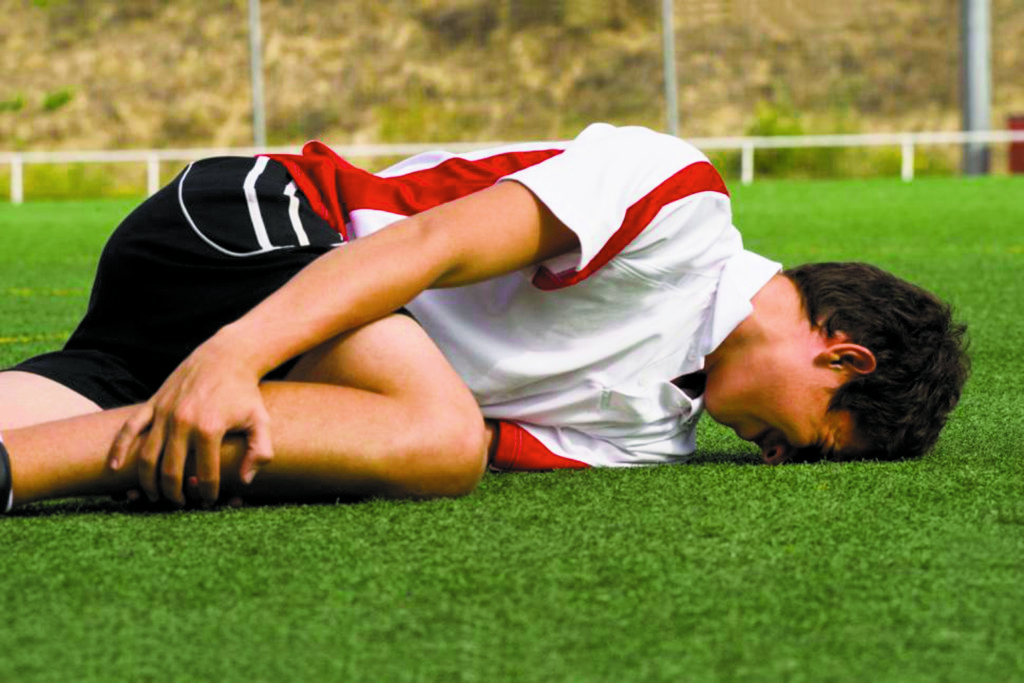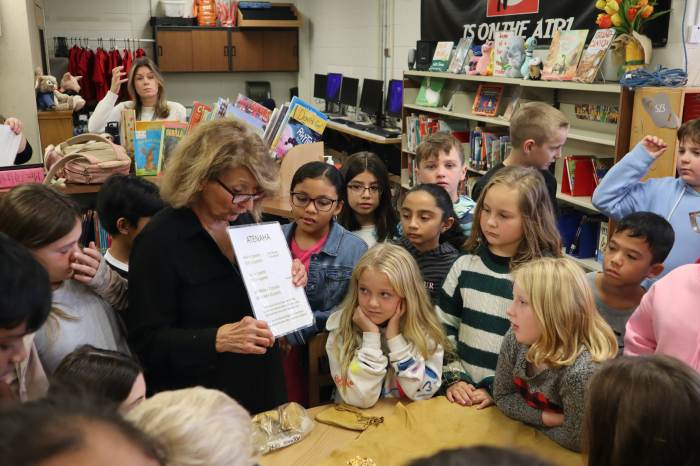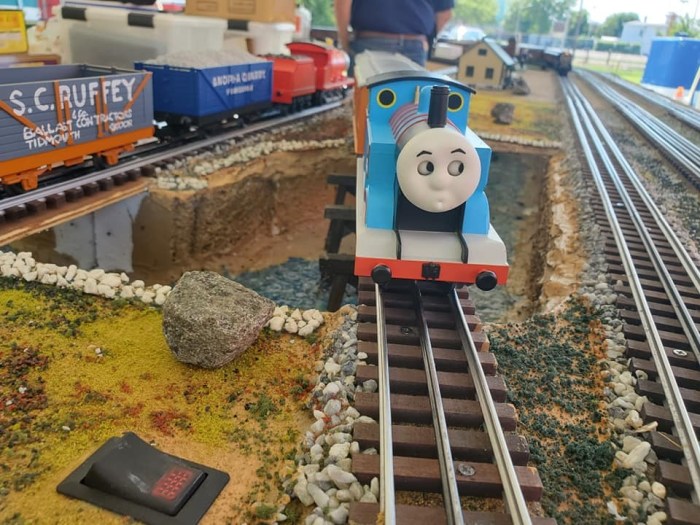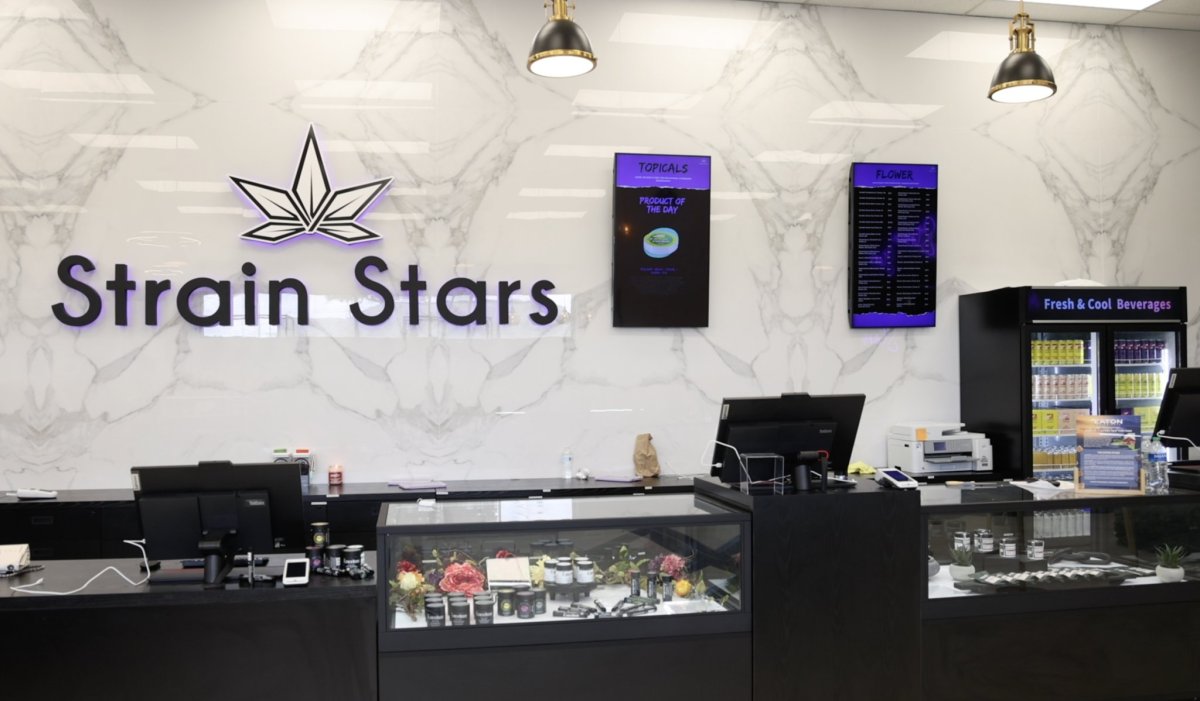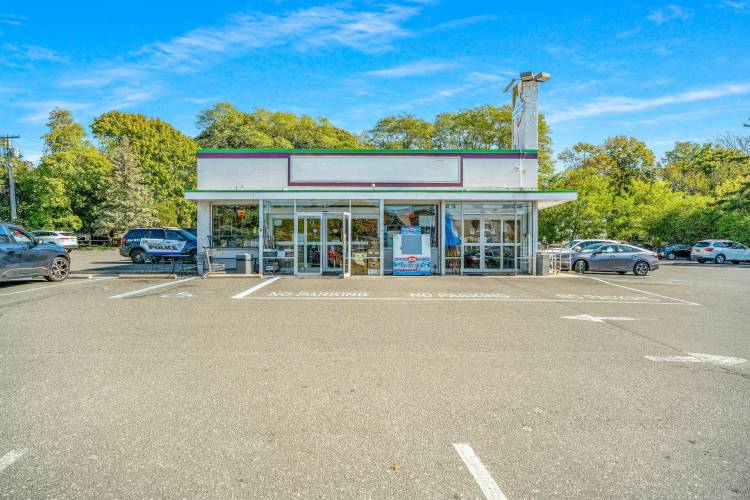
As a doctor and mother of three active kids involved in a wide range of sports, I am vigilant about keeping my kids injury-free. From the bleachers, I have winced at some training drills and wondered often how injuries aren’t actually more frequent. I think about the treatment they will or will not receive and remind myself that children are resilient. Still, what do you do when the child comes home in pain?
The goal of this article is to allow you, the parent, to identify pain that needs medical attention and guide your actions to manage pain that does not. Key questions that suggest a more serious issue to ask your child are: Does the pain bother you when you aren’t moving? Has the pain been getting worse? Is the pain waking you up at night?
A yes to any of these questions merits medical attention. Symptoms that suggest the pain can be managed by you: the pain comes and goes; the pain responds to one low dose of over-the-counter pain medication; pain is not present while not playing sports; protective behavior (limping or holding arm to side) does not occur when your child is distracted.
Fractures usually involve bruising in the area and pain with motion. A ligament stretch or tear will be accompanied by swelling and limited function of the joint. The child may recall a popping sound or sensation. Non-injury pain is most likely due to overuse, but can also begin suddenly. Rest is imperative. Don’t be shy communicating with the coach that your child needs rest. Get a doctor’s note if you must.
Ice is the best treatment for inflammation and pain. Be careful not to place ice directly on skin as it may cause a skin burn. If a joint is swollen, wrapping it snuggly can help with discomfort and limit further swelling (note: for swelling, medical attention is recommended). Keeping a sore ankle or knee elevated helps with circulation and lessens swelling. A low dose of over the counter Advil or Alleve can help and even heal as it decreases inflammation along with improving pain. Tylenol does not decrease inflammation but helps with pain. Follow directions on the bottle and consider starting with half the recommended dose. For children younger than 12, use pediatric pain medications.
If you are uncomfortable with your child’s pain, see a physician. If pain is low level, but keeps returning over weeks or months, consider physical therapy. If it still continues after four to eight physical therapy treatments, return to your doctor and ask for testing. The sooner pain is treated and resolved, the healthier, happier and more successful your child will be.
Nadya Swedan, MD, is a Physical Medicine and Rehabilitation specialist in private practice in Manhattan. She is on staff at Northwell Health. She is active in MAAC, where she serves on both the Health and Communications subcommittees. Follow her on Twitter for health and fitness advice @DrNadyaSwedan.



